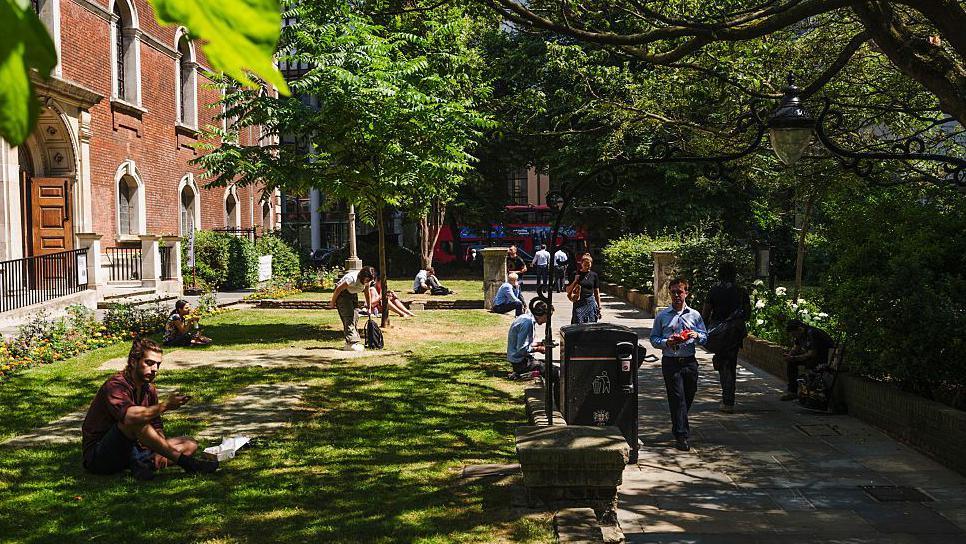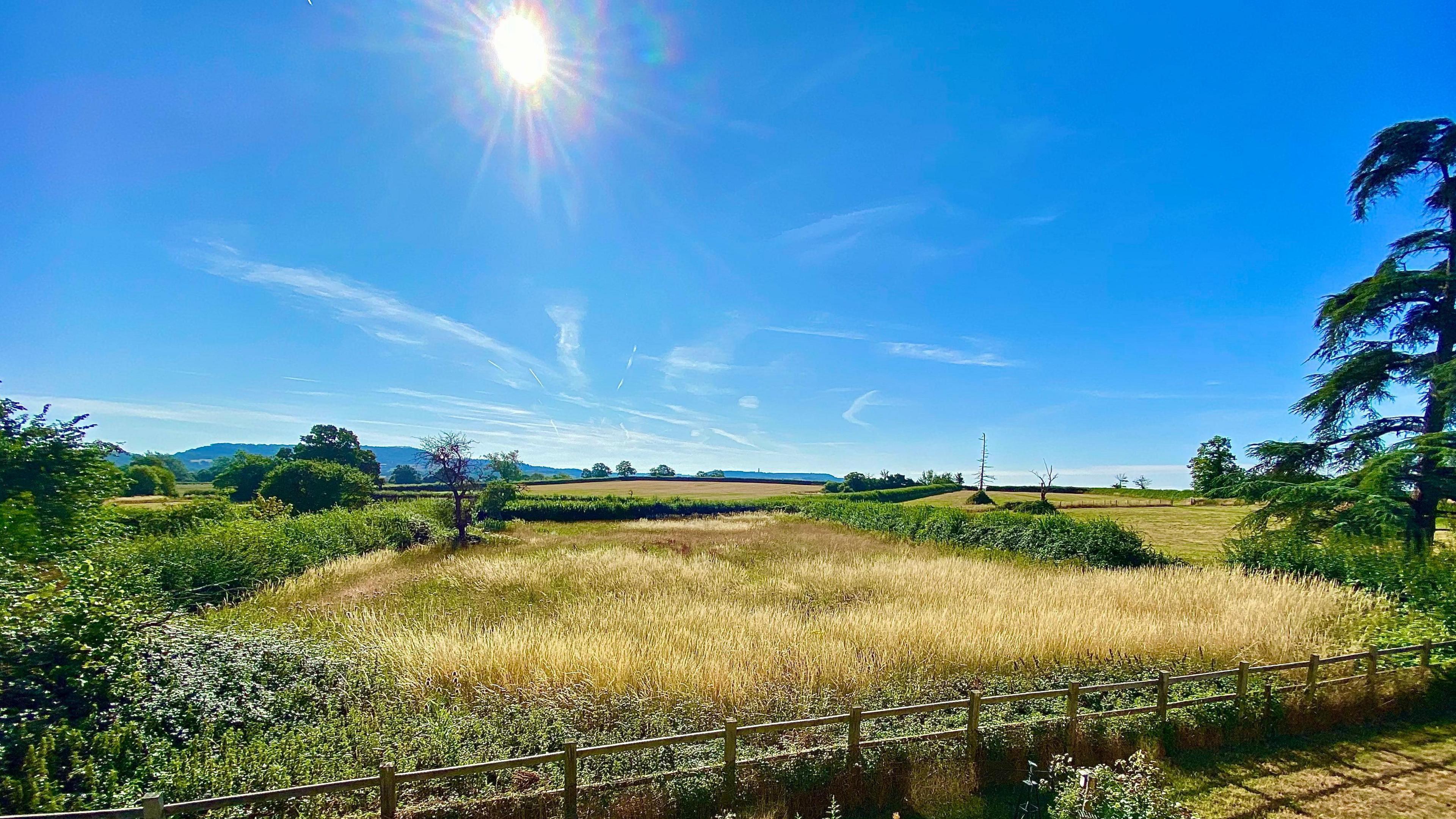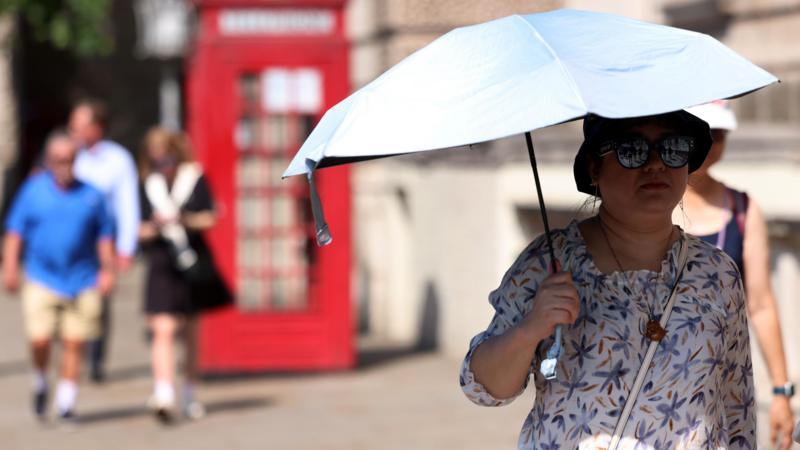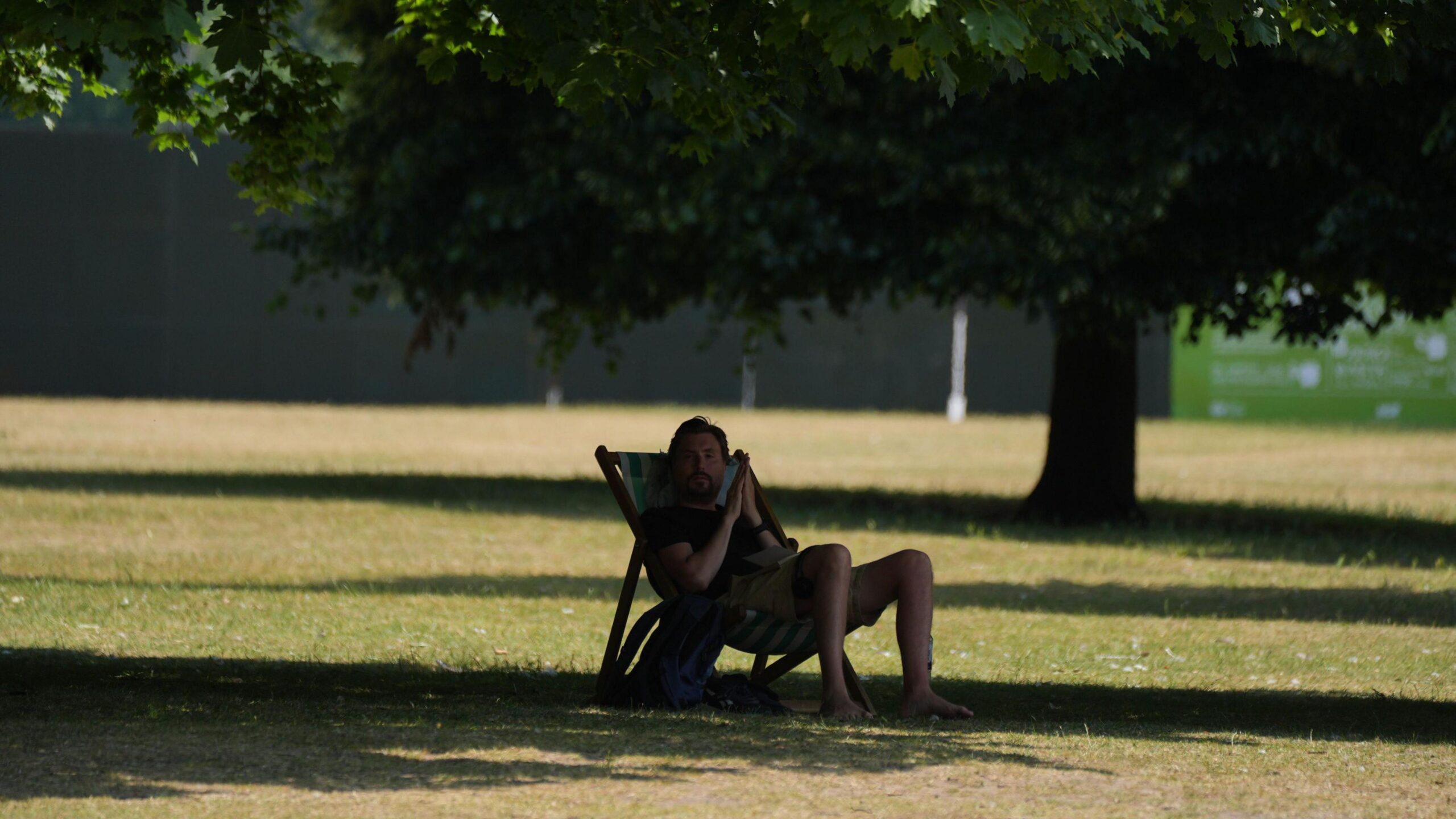UK Faces Third Heatwave of Summer with Peak Temperatures of 34C Expected
The United Kingdom is bracing for a significant heatwave, with temperatures set to soar this weekend and potentially reach up to 34C. This marks the third time this year that many parts of the country could experience temperatures exceeding the official heatwave threshold, a trend that climate scientists attribute to the intensifying effects of climate change.
The UK Health Security Agency (UKHSA) has issued yellow heat health alerts for all regions in England, effective until July 15th. While yellow alerts are less severe than the amber alerts seen in previous heatwaves this year, they signify a potential for considerable impact on health and social care services, including a possible rise in mortality and increased demand for healthcare.

Looking ahead, Thursday is anticipated to be warm across England and Wales, with temperatures ranging from 24C to 28C. The southern Midlands, central southern, and south-east England could see the mercury rise to 30-32C. By Friday and Saturday, the heat is expected to extend into Scotland and Northern Ireland, possibly bringing their hottest days of the year if temperatures surpass their respective thresholds of 29.1C and 29.5C.
For England and Wales, Friday and Saturday are forecast to be widely hot, with highs generally between 27C and 33C, and a possibility of 34C. While these temperatures are notably high, they are unlikely to surpass the year’s highest recorded temperature of 35.8C, which occurred on July 1st in Faversham, Kent. The Met Office defines a heatwave as occurring when a location meets or exceeds a specific temperature threshold for three consecutive days, with thresholds varying from 25C in the north and west to 28C in eastern England.
The upcoming Wimbledon finals are also set to take place under scorching conditions. Following the hottest opening day on record, with temperatures reaching 32.2C, the finals are expected to see temperatures in the low thirties. This heat is reminiscent of the 1976 Wimbledon finals, which recorded a high of 34.1C, although current forecasts suggest it may fall just short of that historic mark.

By Sunday, a cooler north-easterly breeze is expected to shift the focus of the hottest weather to central England and east Wales, with temperatures across the UK generally remaining in the high twenties to low thirties. The heat is forecast to begin receding from Scotland and Northern Ireland on Monday, with showers and cooler air moving in from the northwest. By Tuesday, cooler weather is predicted to spread across the entire UK, bringing temperatures below the heatwave threshold.

The Increasing Frequency of Heatwaves
Assessing the frequency of heatwaves can be complex, as definitions are location-specific and the Met Office’s current criteria have only been in place since 2019. While summer heatwaves are not uncommon in the UK, the occurrence of three distinct heatwave periods in a single summer is notable. For context, 2022 also experienced three heatwaves, which included the all-time UK temperature record of 40.3C.
As of July 10th, 2025, the UK has experienced 25 “heatwave days” – days where at least one location met the threshold temperature. This figure is approaching records set in previous years, with 1989 and 2018 seeing 26 and 34 heatwave days respectively by this point in the year. Current temperatures are approximately 7 to 10C above the mid-July average.
Climate scientists underscore that a warming climate is leading to more frequent, intense, and prolonged heatwaves. This trend has tangible impacts on wildlife and ecosystems. Matt Jackson, head of conservation at the Bedfordshire, Cambridgeshire and Northamptonshire Wildlife Trust, highlighted that natural events like insect emergence are happening significantly earlier—10 to 15 days sooner than two decades ago. This can create a dangerous desynchronization, such as butterflies emerging when birds are not in their breeding cycle, leading to food shortages for chicks.
Longer-term, changes in soil moisture due to drought are altering plant communities, posing a substantial threat to nature reserves. “Drought is now the biggest threat to nature reserve management across the country,” Jackson stated, emphasizing the need for adaptation strategies to cope with these environmental shifts.
For further insights into how extreme heat affects people and environments in the UK, a related program titled “Heatwaves: The New Normal?” is available on iPlayer.



Post Comment